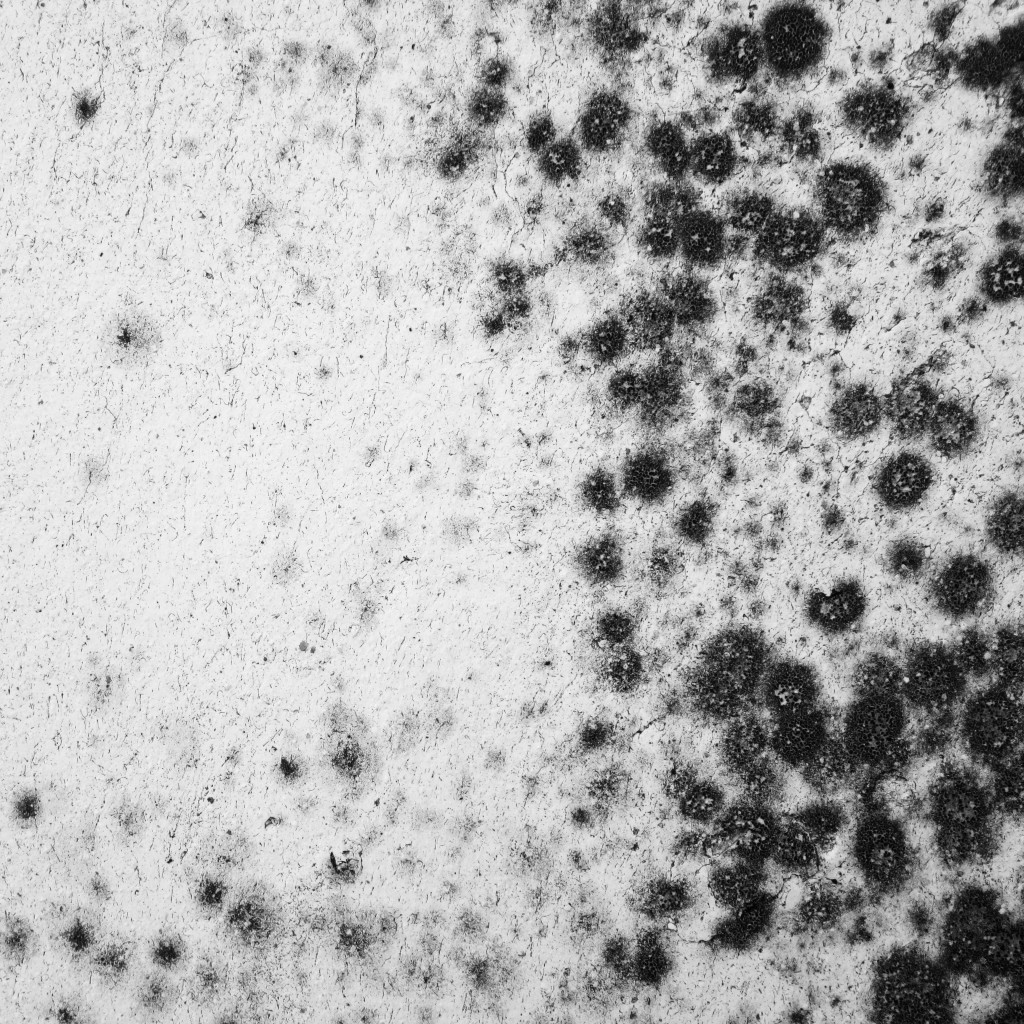An allergy is a reaction of our body to a particular substance that our body sees as a harmful invader. Substances that cause allergies are called allergens. These substances can be naturally harmless, but your body might see them as a threat and adversely react to them, and this is called an allergic reaction.
Allergic reaction is how your body reacts to allergens. And there are a lot of things that can happen as a result of an allergic reaction. The first time that you get exposed to a specific allergen, your body will produce allergic antibodies as a response.
These antibodies will find those allergens and help remove them from your system. And as a result, your body will release histamine that will cause symptoms of allergies.
Dust Mites
Dust mites are tiny enough to live in household objects and even in dust. They can live in the fibers of your pillow, carpet, mattress, and sofa. They grow in humid and warm areas.
Allergy symptoms in dust mites are hay fever or seasonal allergic rhinitis, including sneezing and a runny nose. Other people experience difficulty in breathing and sneezing.
You can use dust mite encasements such as polyurethane covers for pillows, box springs, and mattresses. Vacuum your carpets frequently using a high filter vacuum cleaner.
This can include medications for your chest and eye/nasal symptoms for treatment.
Pollen
Symptoms of pollen allergy are similar to dust mites. It can also cause swelling and inflammation of the protective tissues of your eyes and the lining of your nose.
Symptoms can include congestion, sneezing, itchy and watery nose, eyes, and mouth. Treatment options are over-the-counter and prescription of nasal antihistamine, an oral antihistamine, nasal steroids, anti-leukotriene, and nasal cromolyn.
Some people experience allergic asthma symptoms such as shortness of breath, wheezing, chest tightness, and coughing. Avoid pollens to reduce the symptoms. When pollen counts are high, you should stay indoors. Use air conditioning and close your windows. You can ask for immunotherapy or allergy shots from a healthcare provider.
In addition, seniors with pollen allergies may need to wear a medical alert bracelet for safety purposes, especially if they live alone.
Molds
Molds are just tiny fungi that release airborne spores like pollens, and these things commonly trigger many allergies. Damp areas indoors typically contain molds. These are places like the kitchen, bathroom, and basements are commonplace for molds to grow. They can also be found under mushrooms, hay, leaf piles, and grass.
Symptoms are redness, watery and itchy eyes, skin irritation, coughing, fever, wheezing, runny nose, and difficulty breathing.
The treatment can include medications for chest and eye/nasal symptoms. If symptoms are not controlled with medication and avoidance, you can ask for immunotherapy.

Animal Dander
Animal skin has sweat glands that secrete proteins. These can be found in animal dander. These proteins can cause allergic reactions.
The best avoidance measure is to remove your pets from your home. But of course, a lot of people will disagree on this. So your second option is to avoid letting your pet get inside your bedroom, wash your pet regularly, and use air cleaners that have HEPA filtration.
Treatments can be medications for your chest and eye/nasal symptoms. Immunotherapy is recommended if symptoms are not controlled with medication and avoidance.
Foods
When your body starts to develop antibodies for a specific food, you will also begin to develop allergies to these foods. Minutes into eating the food, an allergic reaction starts.
The most common food allergies for adults are peanuts, tree nuts, and shellfish. At the same time, children’s allergy starts with peanuts, tree nuts, shellfish, wheat, soy, egg, and milk. The symptoms may include:
- swelling around your mouth
- difficulty breathing
- diarrhea
- vomiting
- nausea
- hives
- itching
It is imperative to avoid foods that you are allergic to. Symptoms can be severe depending on people. You can carry injectable epinephrine prescribed to you by a doctor. Carrying your prescribed medication is crucial if you unknowingly eat foods you are allergic to.
Stings and Venom
Insects such as bees and arachnids like tarantulas can cause an allergic reaction. A typical allergic reaction includes swelling, redness around the sting site, and pain. A severe and extensive reaction can extend from the sting area. For example, if you are stung in your hand, you will see swelling around your arms.
The most extreme reaction to a sting or venom will need immediate medical attention. Symptoms may include:
- Rapid pulse
- Dizziness
- Massive drop in blood pressure
- Difficulty of breathing
- Swelling of mouth tissue, throat, and face
- Hives or itchy rash will spread to other areas
- Difficulty in swallowing
- Wheezing
If these are your reaction to a sting or venom, then a re-sting can be life-threatening and cause a severe reaction. Treatment may include epinephrine. You can visit an immunologist to have a blood or skin test to know if you have an allergy to insect venoms. If it is confirmed, then venom immunotherapy is recommended.
Most allergies are hereditary. Meaning parents can pass them to their children. If you have a particular allergy, you are highly likely to inherit it from your parents or grandparents. Always follow up with your doctor if you experience sudden changes in symptoms.

